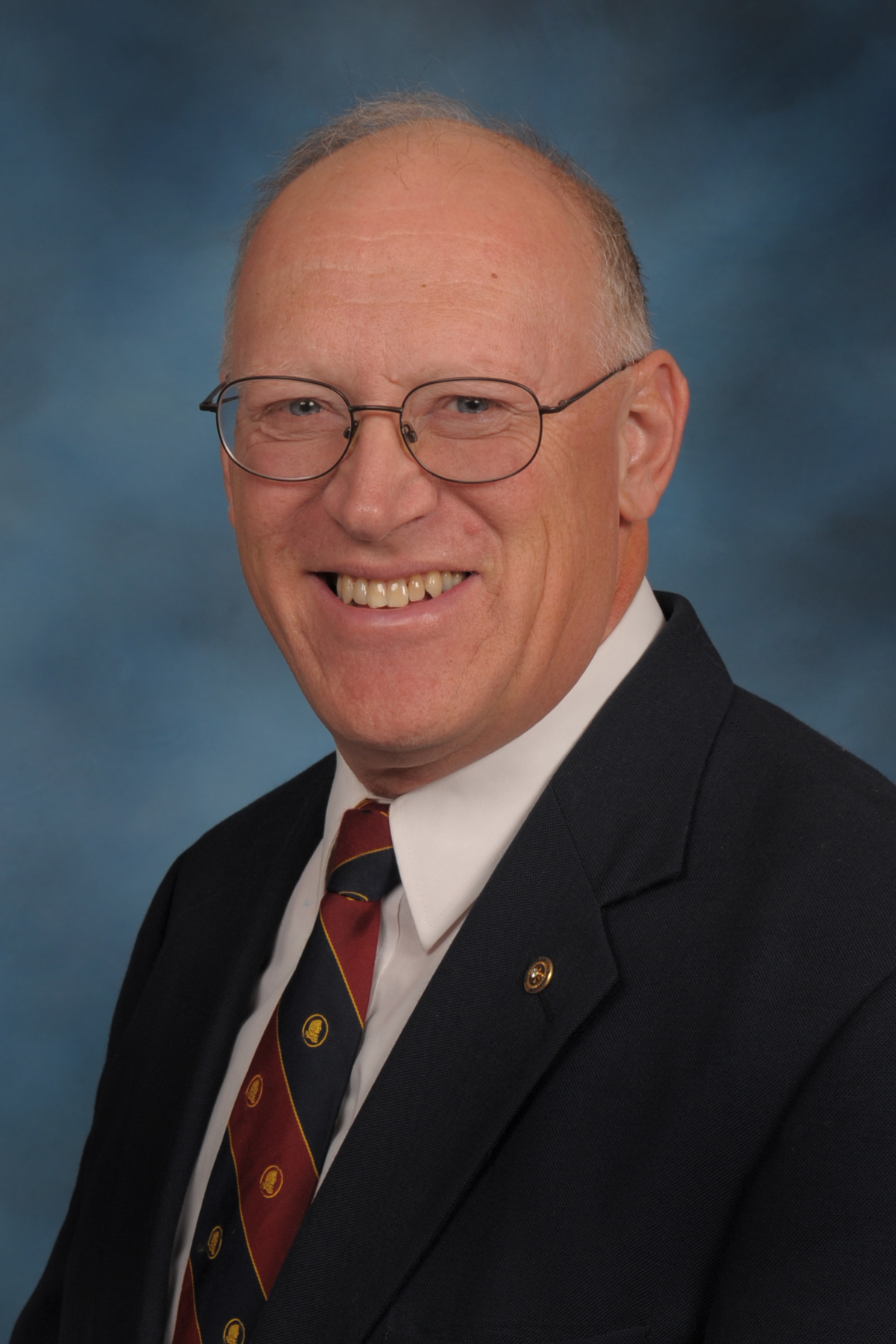
The scientists from NASA are studying the landscape closely. But they aren’t viewing a satellite image of the moon. This is a group of NASA earth scientists who are visiting a Kansas farm in person so as to better understand the challenges facing farmers in water resources.
The farm they are visiting is a leader in conservation practices.
Ray Flickner is the Kansas agriculturalist who met with the NASA scientists on his farm. He is the fifth generation to farm his family’s land. The Flickners’ base operation is an irrigated row crop operation that has been in his family since 1874.
Flickner grew up in Moundridge and studied agricultural education at Kansas State University before earning his master’s degree. He met and married Susan who also earned bachelors and masters degrees in education from K-State.
Susan became a family life and resource management teacher and served as executive director of the Kansas Association of Family and Consumer Sciences.
Ray Flickner taught college agriculture classes before pursuing a career in agricultural lending. He described education and finance as the first two phases of his life.
“In 2007, a couple of years after my father passed away, I made the decision to enter the third phase of my life and began tending the land full-time,” Flickner said. The current operation produces irrigated corn, soybeans, sorghum and wheat. Through it all, an important theme has been the importance of conservation.
“Conservation and sustainability has been, still is, and always will be the key ingredient to keep farms and ranches thriving,” Flickner said.
This includes economic sustainability, he said.
“As the late, great Barry Flinchbaugh was famous for saying: Without profitability, a farm will not be sustainable,” Flickner said.
Conservation and water quality have long been priorities for the Flickner family. Ray’s grandfather planted shelterbelts and windbreaks in the 1930s. His father transitioned crop ground to minimum tillage in the 1980s. Ray installed the first sub-surface drip irrigation system on the farm in 2001 and has expanded that system significantly since.
The Flickners have constructed miles of terraces, built acres of grassed waterways, enhanced efficiency of their irrigation systems (enabling their water use to be 40% less than the county irrigation average), and transitioned to a fully no-till or minimum tillage operation with cover crops playing an integral role in soil health and soil biology improvements.
They have grid soil sampled nearly 1,000 acres on a four-year rotation, enabling them to variably apply nutrients and improve organic matter in the soil.
In 2019, the Flickner Innovation Farm was created as a site where various water conservation initiatives, soil health practices, and weed management tools are tested on a production-scale farming operation. This is now a collaboration of more than a dozen university, industry, and agency partners. It’s located west of the rural community of Moundridge, population 1,974 people. Now, that’s rural.
“K-State Research and Extension and the Kansas Center for Agricultural Resources and the Environment have been instrumental in truth-testing many of the trials and experiments,” Flickner said. The farm hosts summer field days and winter meetings where peer-reviewed research is shared with other producers and partners.
“Hearing from producers who have taken something they learned from one of our events back home to implement is music to my ears,” Flickner said.
The Flickners received a Success Story award at the Kansas Governor’s Water Conference, the Kansas Farm Bureau statewide Natural Resources award, the Kansas Banker’s Association Water Conservation Award, and even testified before Congress. In 2022, earth scientists from NASA visited the Flickner Innovation Farm to learn about the challenges farmers face related to water resources.
“Susan and I have been blessed with a multi-generational legacy,” Flickner said. “We have committed ourselves and taught our children, who are in turn teaching our grandchildren, that we must leave the land in a better condition than how we found it.”
It’s time to leave these NASA scientists at the Flickner Farm. We commend Ray and Susan Flickner and family for making a difference with innovation and conservation.
They are making these principles work in a way that is truly down to earth.
